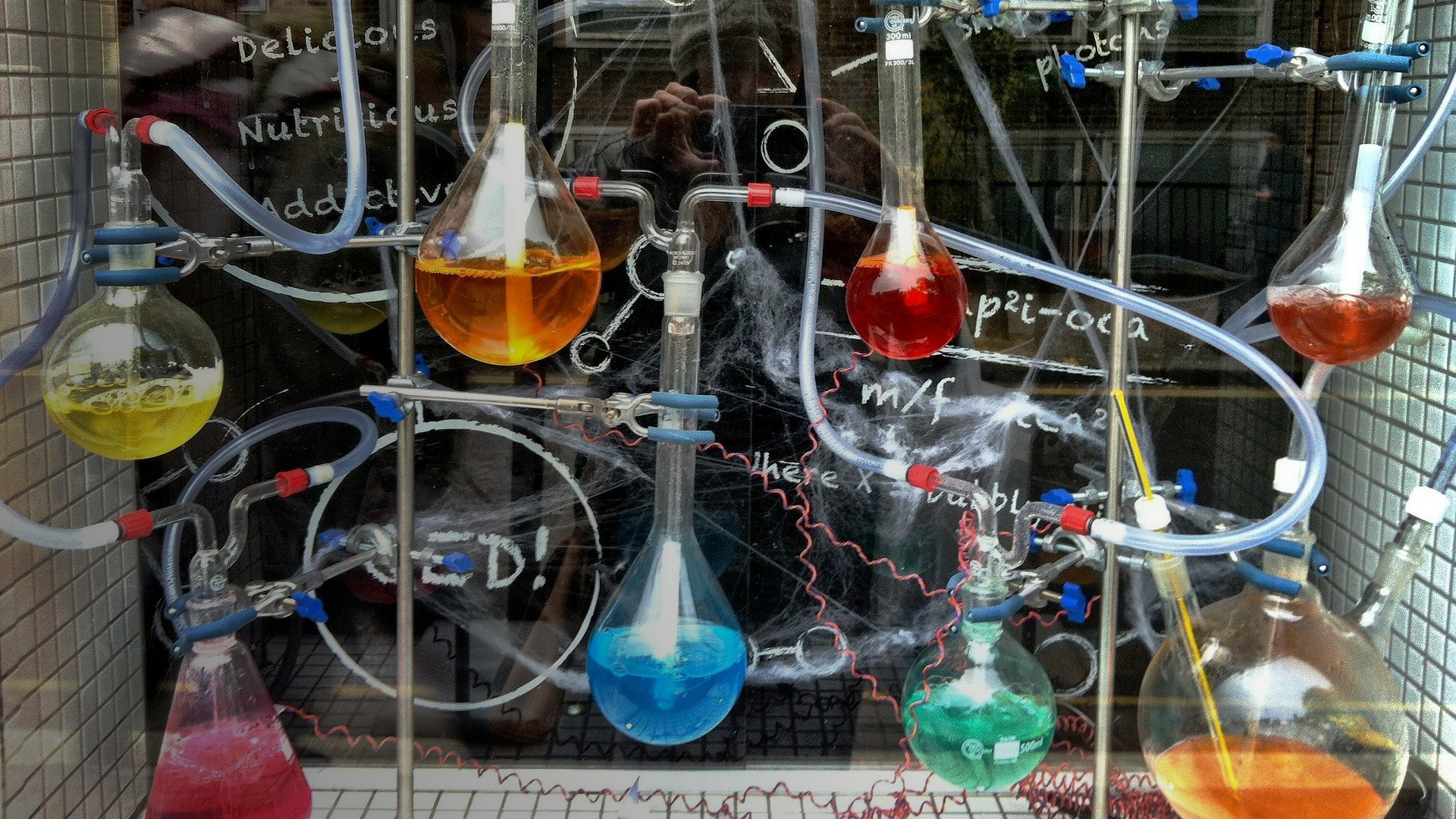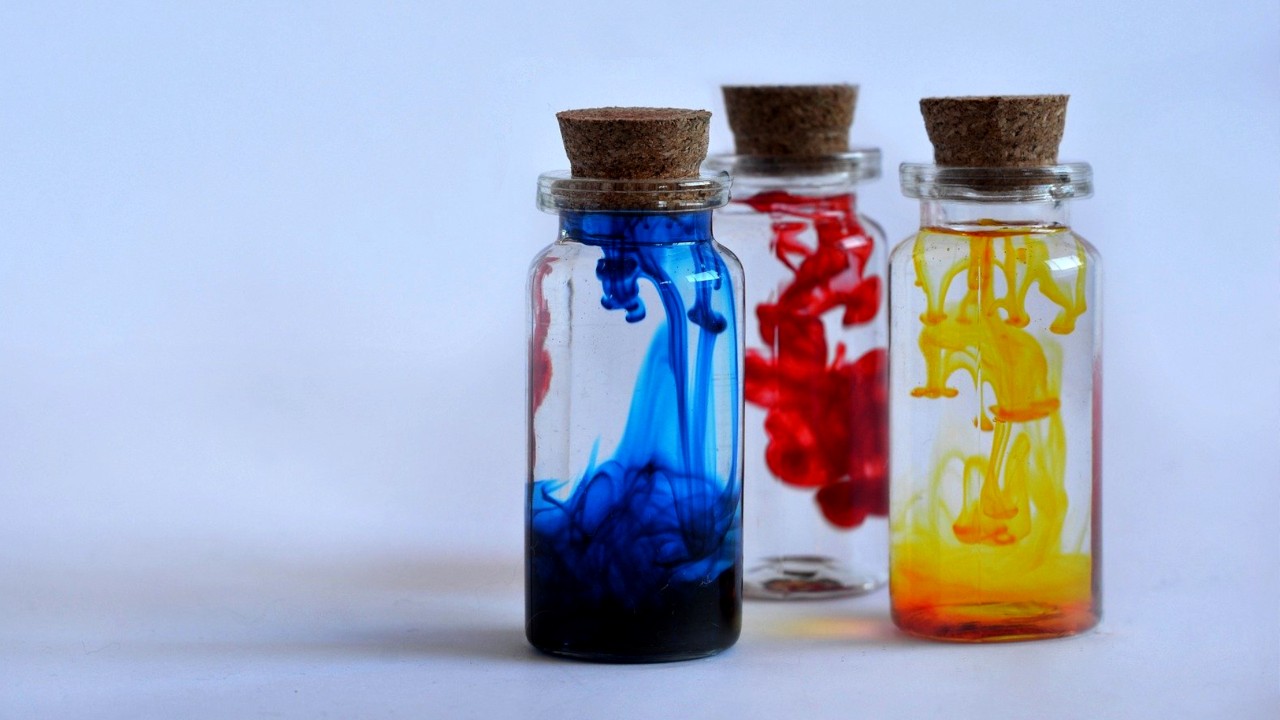

Chemicals
Bruker’s chemical analysis and metrology solutions accelerate the development of future chemical products and help ensure better product quality and performance.
Enabling Advancements in Industrial Chemicals
Chemistry is critical in developing new energy sources, creating innovative technologies, and making our world a better place to live. To achieve this, industrial companies continually evolve innovative laboratory technologies, expand their product portfolios, and implement new production processes. Bruker provides and supports a broad portfolio of fully integrated solutions for the accurate and comprehensive analysis of a wide range of products and chemical substances. Our systems include the optimal analytical technologies to fulfill the application at hand, from R&D and QC to process control.



